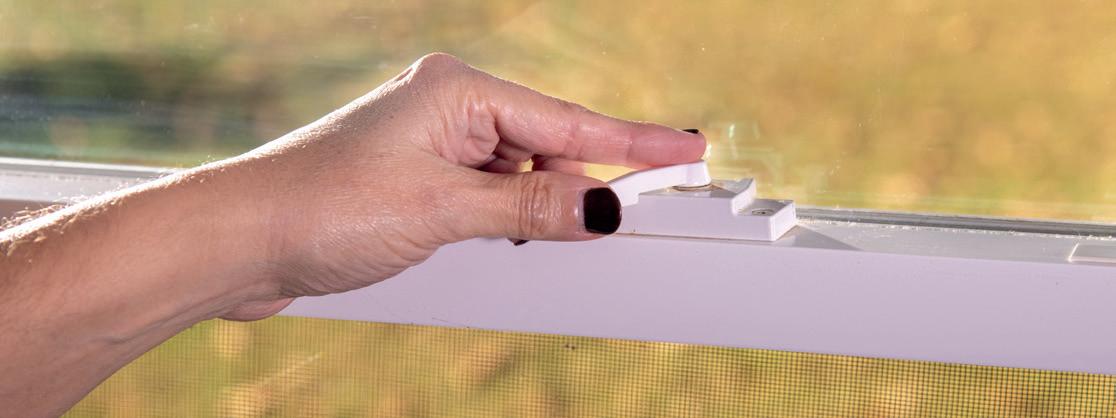
2 minute read
Energy-efficient windows provide comfort and savings
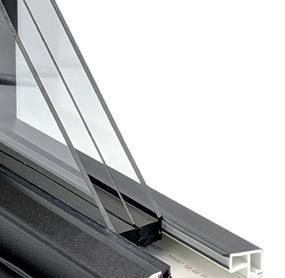

According to the Department of Energy, heat gain and loss through windows consumes 25 % to 30 % of residential heating and cooling energy use, so upgrading or improving your windows can boost your home’s energy e ciency.
Start by identifying the kind of windows you have. Are they single-pane or double-pane? Are the frames metal, wood, or vinyl? Some manufacturers etch the make and model numbers in a corner of the glass, so you can look up the model’s information.
Single-pane windows and double-pane windows with metal frames are the least energy e cient. The lower the e ciency of your existing windows, the higher the potential for energy savings if you replace them.
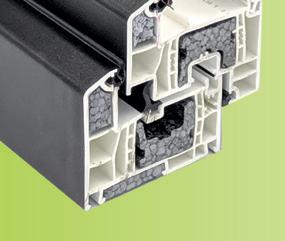
You have several options for improving your windows, ranging from replacement windows or storm windows to budget-friendly repairs.
Window e ciency
Several components can make windows more e cient. High-quality frame materials insulate and reduce heat transfer. Two or more panes of glass with space in between improve the window’s insulation capability. Warm edge spacers hold the panes of glass the proper distance apart and help insulate the edges of the panes. Low-emissivity coatings applied to the glass reflect infrared light, keeping heat in during the winter and out during the summer.
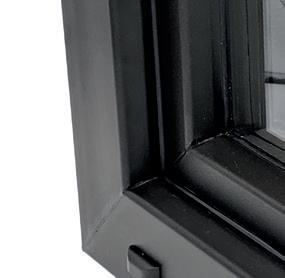
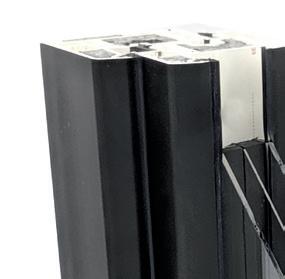
Window e ciency is rated in U-factor and Solar Heat Gain Coe cient, or SHGC. U-factor measures heat transfer through the window, which relates to how well it insulates. The lower the U-factor, the more e cient the window. The SHGC measures how effectively the window blocks heat from the sun.
Blocks
Replacement and maintenance
If you want to replace your existing windows, shopping for ENERGY STAR-certified windows is a good place to start. ENERGY STAR sets specific U-factor and SHGC requirements based on your geography, so you get the best fit for your location. Replacement windows offer additional benefits, like improved operability and aesthetics. Keep in mind that this can be an expensive upgrade.

Storm windows are a lower-cost solution for some homes. Traditional storm windows are made with clear glass. Low emissivity storm windows provide energy savings similar to replacement windows at about a third of the cost.
Storm windows are mounted inside or outside existing windows and are available in operable styles, so you can still open and close your windows. Look for ENERGY STAR-certified models.
If you want to maintain the historic architecture of your existing windows, low-e storm windows are a great option. Some companies can refit your existing window frames with custom double-pane glass and weatherstripping.
As with any home improvement project, be sure to get multiple quotes to compare pricing and scope of work. You may find additional savings with rebates from your electric co-op, or state or federal tax credits for window upgrades.
If new windows or storm windows are not in the budget, your best bet is to maintain your existing windows. Keep the paint and caulking on the exterior in good condition. That will help prevent damage from the elements. Caulk around the inside trim, ensure sash locks are installed properly, and make certain windows seal tightly when locked. You may choose from a variety of weatherstripping types for windows to keep drafts at bay.
Whether you replace or make improvements to what you have, adding e ciency to your windows will add yearround comfort to your home.









